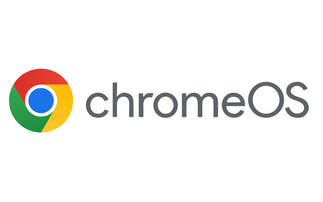Windows could be embedded into a wide range of new consumer devices
Can Windows Embedded point the way to its Azure cloud services? Microsoft is targeting the market for internet-connected devices designed for accessing cloud-based services. The sector, known...
To continue reading this article...
Join Computing
- Unlimited access to real-time news, analysis and opinion from the technology industry
- Receive important and breaking news in our daily newsletter
- Be the first to hear about our events and awards programmes
- Join live member only interviews with IT leaders at the ‘IT Lounge’; your chance to ask your burning tech questions and have them answered
- Access to the Computing Delta hub providing market intelligence and research
- Receive our members-only newsletter with exclusive opinion pieces from senior IT Leaders





















